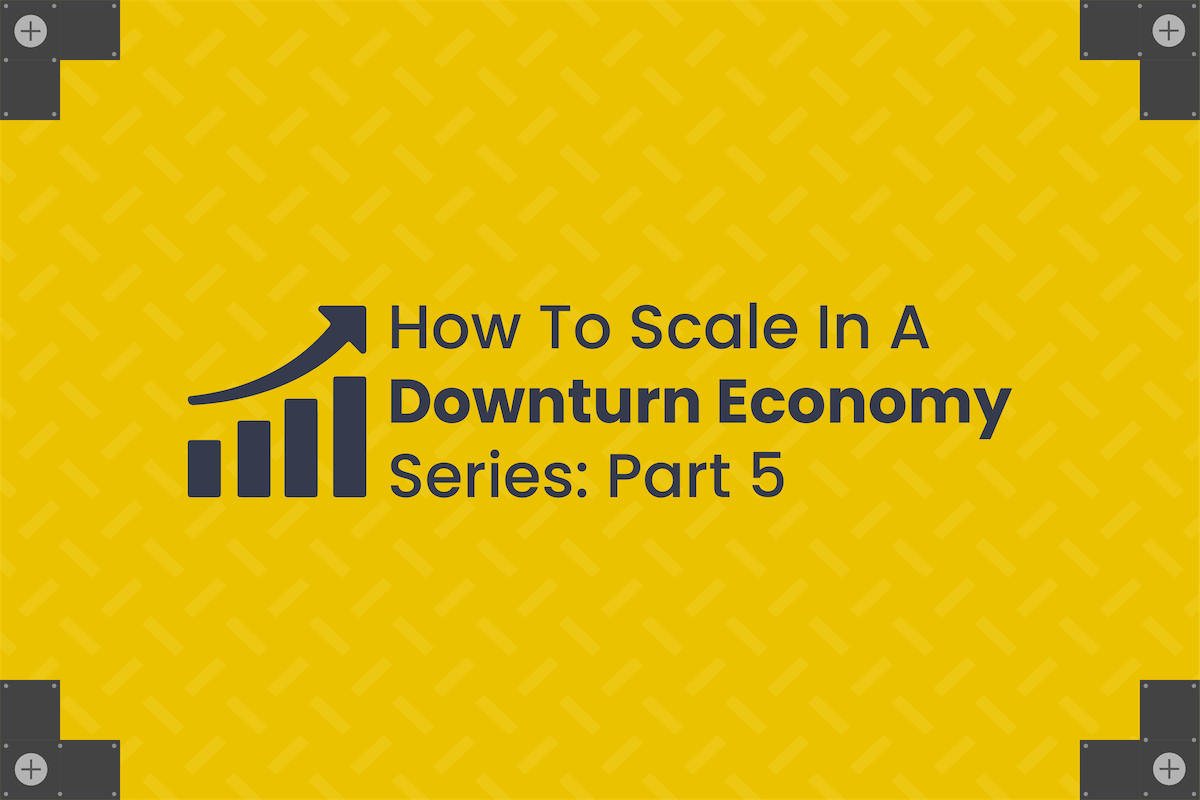
Avoiding a Cash Calamity
Knowing how your company is doing at any given moment is important at the best of times. When the economy is on the slide it’s even more critical.
You simply cannot afford to get things badly wrong. If a marketing campaign or initiative is NOT working and leaking cash like a burst pipe, you need to know - and know fast.
Your strategy and planned activities can only pay off if they are put into action, tested and regularly monitored. You need a way to see the whole story so you can make the right decisions at the right time. That’s where good analytics come in.
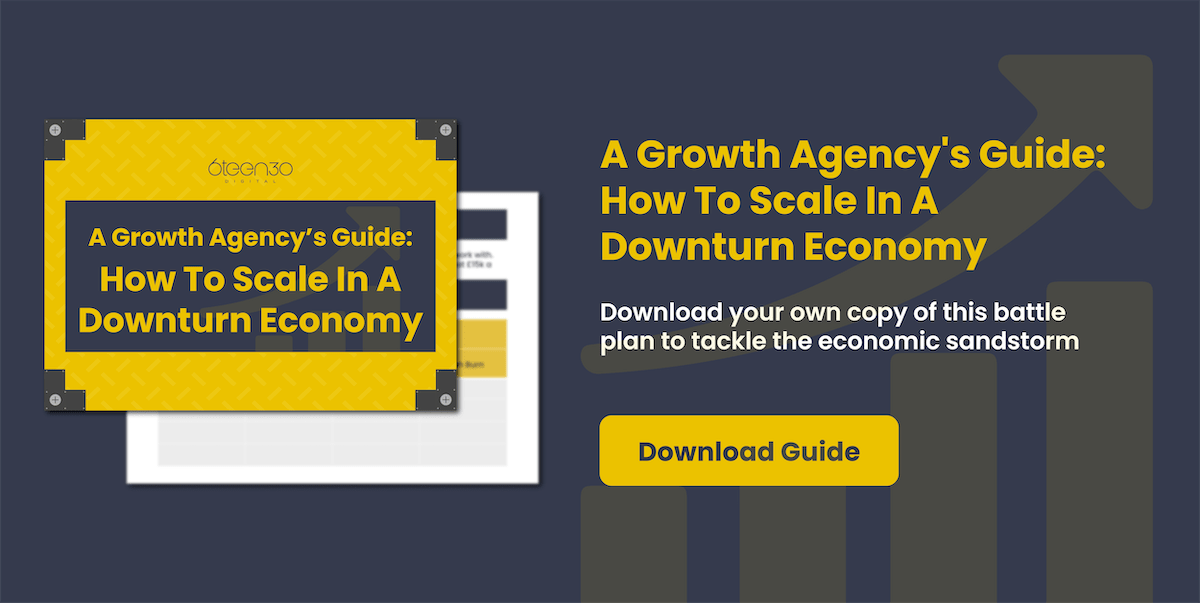
Monitoring Your Impact
However, it’s not enough to just measure your employees’ efforts or output. You also need to know the impact and outcomes of their organisational activity - to better predict performance and steer course accordingly.
And for many companies there is clearly some way to go in getting their people on board with the bigger picture.
One research study of the 200 largest organisations in the world made a big discovery. As few as seven per cent of employees fully understood their company’s strategies and what was expected of them to achieve its goals.
Wider and more recent studies place the figure between 10 and 14 per cent. Still not enough to make executive leaders sleep any easier at night.
Align Your People, Measure Your Activity
To improve performance you want more of your people to be aligned with your mission, strategies, values, culture and goals.
Part of that culture should be measuring what you do. Management thinker Peter Drucker once said: “You can’t manage what you can’t measure.” And he’s spot on.
If you set annual goals and then forget about them, it’s a recipe for trouble. If your employees’ activities are not monitored, how do you know what contribution they are making to the business? If you fail to use benchmarks, data and analysis how can you compare current with past performance?... or more accurately forecast how you may perform in the future?
But there’s more to it than just saying you’re going to measure.
See the Whole Story
It’s important to measure the right things. And to measure in a way that allows you to see the whole story.
Get either of these wrong and you could miss something key to your success, lead yourself down the garden path or end up throwing a thick wad of cash down the drain.
You need to measure not just activity and outputs. You need to measure outcomes, results and impact. You need to be measuring regularly, ideally every month or better.
Why Metrics Are Important
When you have the full picture from your metrics you can:
- Make smarter decisions, backed by the data
- Better understand the value of your organisation’s activity
- Analyse performance as it happens
- Identify trends early - so you can double down or adjust accordingly
- Adjust plans based on performance insights, not guesswork
- More easily share and celebrate individual and team wins, large or small
- Better predict future performance across your whole organisation
How do you get the full picture for your organisation?
This is a methodology which uses six key metrics to place clear, precise and practical data at your fingertips.
Here are the essentials of what you need to know.
Measuring Output and Outcomes
1. Output - You measure your activities, on a weekly or even daily basis.
For a company following an inbound marketing approach to tackle the downturn, this could be how many blog posts your marketing team publish. For the sales team, how many sales calls are logged. For customer support, how many Help Desk tickets are resolved. The data allows you to plan, manage and prioritise tasks.
2. Outcomes - This is about measuring the impact of your outputs, or activity.
Do blogs lead to sign ups for webinar sessions? Do sales calls lead to closed won deals? If you’re running an inbound client success strategy, does having more resolved tickets result in higher NPS ratings or higher customer service retention rates?
The combination of Output and Outcomes data gives you a more complete story of what’s happening.

Types of Outcomes in Predictable Performance
3. Leading Outcomes - Some activity can lead to immediate success. You might get visits to the website, people instantly signing for webinars, deals being won and closed. But this is not always the case.
4. Lagging Outcomes - Some activity may take a while before it lands success. A good salesperson adopting an inbound helpful selling approach could create strong prospects and deal-making opportunities quite quickly. But it may take weeks or months to secure a close. You want to build that ‘lag’ into your analytical performance framework.
Why You Measure Quantity AND Quality in Predictable Performance
5. Quantity - You set and measure goals based on quantity. The number of blog posts published, session registrations, sales calls logged and new deals created, for example.
6. Quality - You set and measure goals based on quality. For example, you might monitor bounce rates, pages per session, visit-to-lead conversion rate, close rate and average time to close.

Taking a Systematic Inbound Analytical Approach
Taking a systematic inbound analytical approach allows you to get a handle on past, present and future performance. The data helps you to explain spikes and dips.
Some companies use spreadsheets to manage performance numbers. Others use software solutions which provide online dashboards, scorecards, pie charts, bar graphs, progress bars, line charts, etc.
Choose what you’re going to do. Keep going. Pause. Stop. Adjust. Revise. your people informed, inspired and motivated.
This helps you to focus consistently on what matters most. It helps you to see small problems before they become bigger or unsurmountable problems. It allows you to know the score any day of the week and adjust as you go. It keeps your people informed, inspired and motivated.
Want to Know More About the Inbound Way?
Whilst this approach helps to maintain growth in a downturn economy, you don’t have to wait until it’s too late. Becoming an inbound organisation will serve you through it all - the bad times, the recovery times, the good times and the boom times.
To find out more about becoming an inbound organisation, access our range of free resources. Check out our blog. Listen to our podcast.
Visit our 6teen30 Digital website. Or join our free Growth Engine online community for shared support, ideas and success stories.
Want to discover more about the inbound way?... watch our free interview on how to scale in a downturn economy.
Want to find out if inbound marketing and sales is right for you?...take our interactive quiz here.




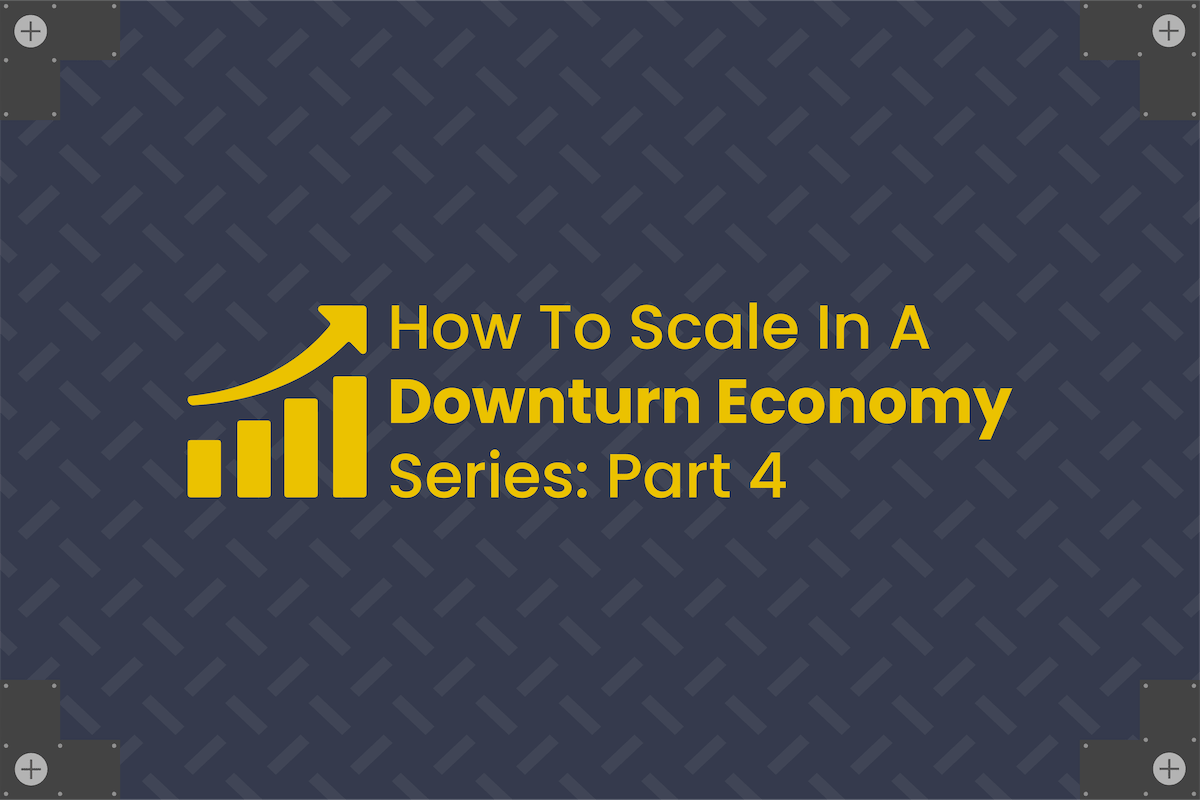
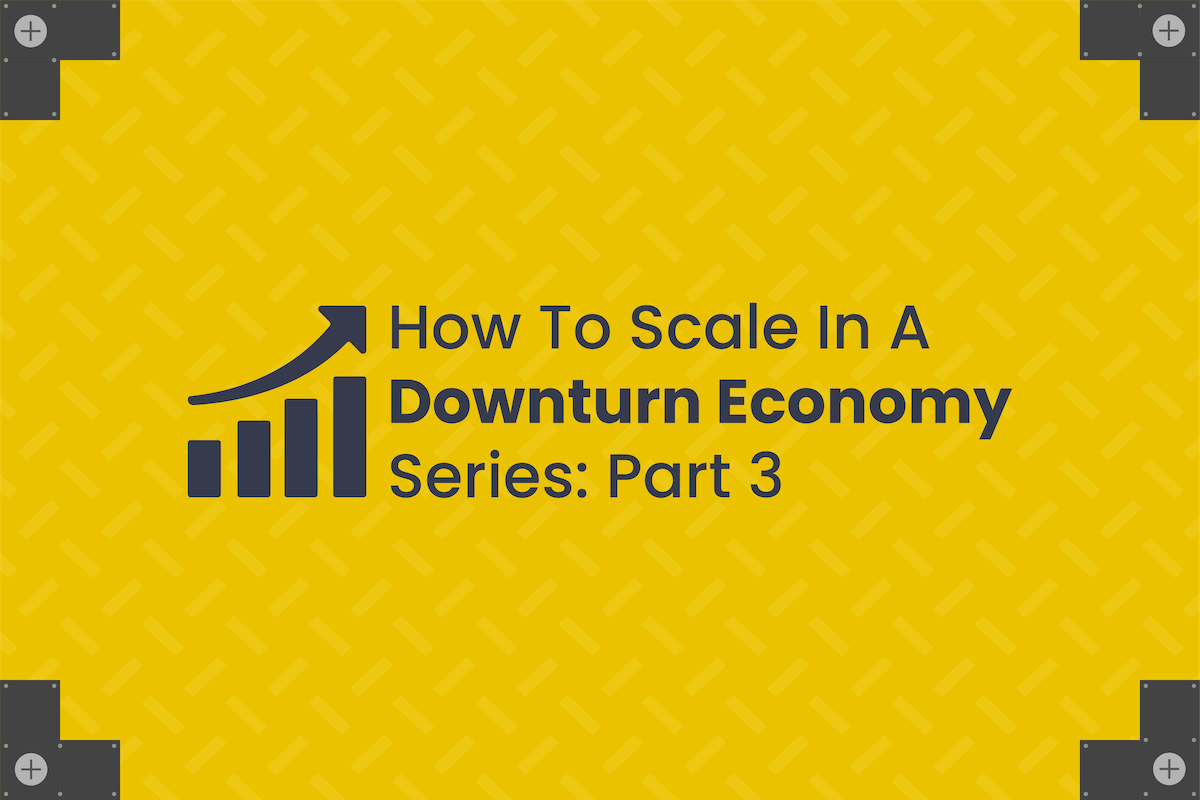
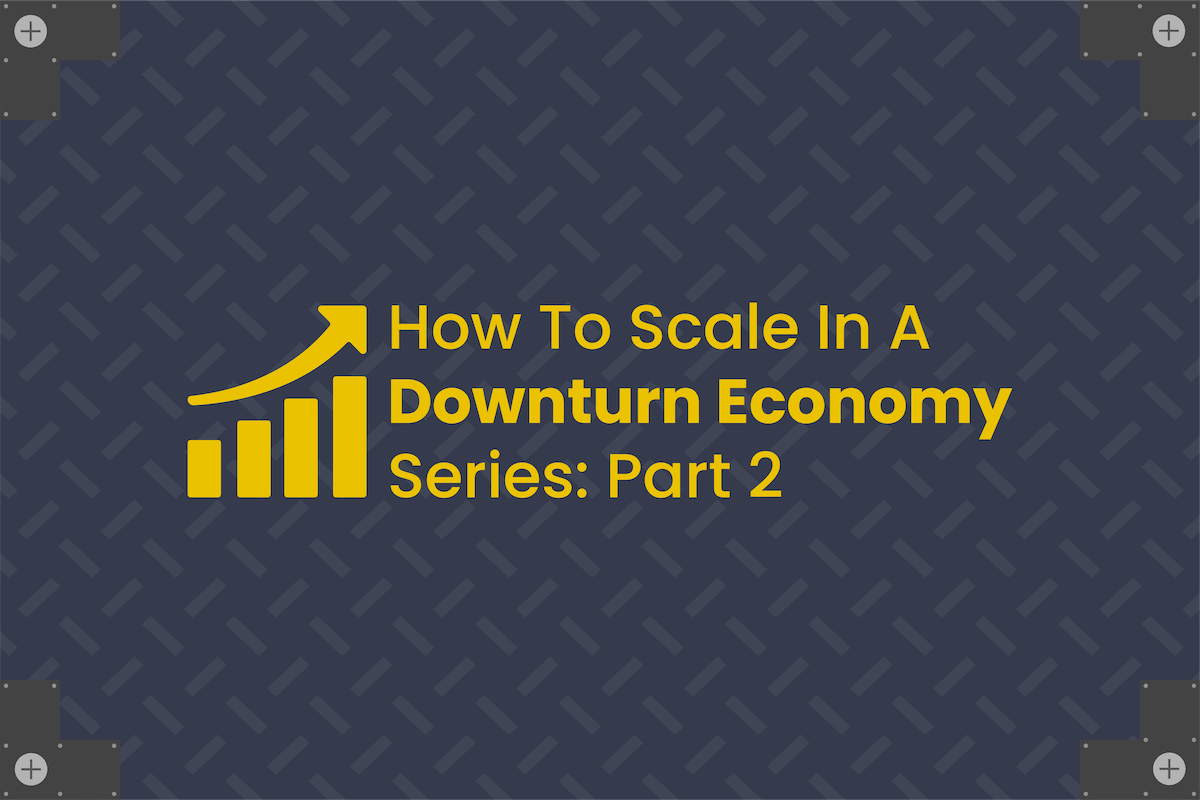
%20-%20Teal.png?width=500&height=130&name=Force%20%26%20Friction%20-%20Branding%20-%20Logo%20(White)%20-%20Teal.png)